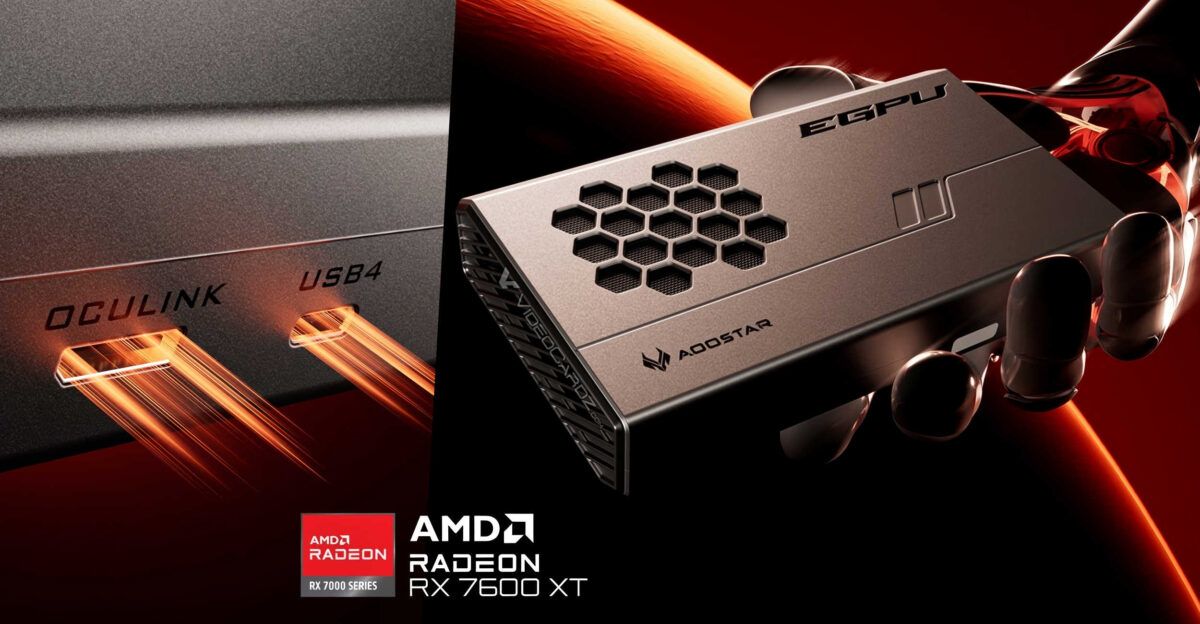My iPhone is one of the best cameras I’ve ever owned, but it’s also incredibly boring compared to a Leica M11 – and that feeling has been rammed home by the arrival of Leica’s new Leitz Phone 3, its third and most interesting smartphone so far.
The Leitz Phone 3’s allure has, I admit, been enhanced by its Leica red dot and the fact that it’s also only available in Japan. This has naturally made me want it more, but even from a distance, I can see it’s packed with little touches that make me wish smartphones weren’t all functional, grey rectangles that take technically ‘perfect’ photos.
For a start, there’s its design. The Leitz Phone 3 is probably a rebranded Sharp Aquos R8 Pro (another Japan-only phone), but it’s also the closest thing to a cross between a phone and a Leica M-series camera. Leica’s given the phone a lovely textured finish and, yes, a lens cap. It’s ridiculous, and I’d lose it in ten minutes – but it’s also a lot of fun.
On a more practical level, the Leitz Phone 3 also has a lot of new software touches. You get an exclusive Golden Hour widget, to tell you when to dash out and get that landscape shot. As much as I love Photopills and its iPhone widget, Leica’s one looks particularly classy and it’s great that it’s built-in. The feature I really like the sound of, though, is the lens simulations.
Glass master
The Leitz Phone 3’s best, and most interesting, new feature is the virtual camera lenses in its Leitz Looks camera mode. These simulate the various aperture stops of three of Leica’s most popular lenses; the Noctilux-M 50mm f/1.2, the Summilux-M 28mm f/1.4, and Summilux-M 35mm f/1.4.
The combined cost of those three lenses is $21,085 / £18,220 / AU$35,070. The Leitz Phone 3 doesn’t have a hope of getting anywhere close to the image quality they can produce – its lenses are likely mostly made from plastic. But I find the concept of software-simulated lenses fascinating, and it’d be great to have the character of Leica-tuned bokeh and vignetting, plus color simulation, in my phone by default.
It wasn’t long ago that smartphone portrait modes were artifact-ridden nightmares, but according to Leica, the Leitz Phone 3 can simulate the look of those three classic lenses at each aperture stop, from f/1.2 to f/8. Film simulations, like those on Fujifilm cameras, are now pretty common (in this phone they’re called Leica Tones), but software that can simulate the character of specific lenses is something else.
That doesn’t mean the Leitz Phone 3 is a replacement for an M11, but it does make it way more interesting than my iPhone’s Camera app.
What about the actual cameras?
As you’d hope from a Leica-branded camera, the camera hardware itself is pretty strong too – on paper.
Like the Leitz Phone 2, which landed in 2022, you get a main camera with a 47.2MP 1-inch sensor that’s combined with a 19mm f/1.9 lens. Hardware-wise, that’s comparable to the iPhone 15‘s 48MP 1/1.28-inch sensor.
You also get a fairly standard front-facing 12.6MP camera with an f/2.3 aperture, which isn’t much to write home about. But like a ‘proper’ camera, you do get a microSD card slot to help boost the 512GB of onboard memory, and there’s also the rare inclusion of a headphone/microphone jack.

This is all backed up by some other interesting software features, too. For the first time on a phone, the Leitz Phone 3 has a feature called ‘Leica Perspective Control’ which comes from its cameras. This is particularly handy for architectural photography and helps you make sure buildings are standing up straight.
While it’s possible to do this in post-production in apps like Lightroom (or by using tilt-shift lenses, if you have them) the benefit of Leica’s software is that it shows you where in the photo it’ll need to crop to correct the vertical lines. It does this by combining gyroscopic measurements and algorithms, making it another handy feature that I don’t have on my iPhone (without third-party apps, at least).
These kinds of touches, combined with the LFU widget which cycles through images from the Leica Fotografie International Gallery, make the Leitz Phone 3 look like a proper photography tool with a distinct character. But this also comes with big downsides.
Reality check
Just as with the Leica M11, I’m likely romanticizing the Leitz Phone 3 and overlooking the practical annoyances that, outside of photography, probably don’t make it a fun phone to live with.
It runs on Android 14 and it isn’t clear how many years of software updates it’s likely to get. More importantly, it’s only on sale in Japan and seems unlikely to launch outside of that region, given that neither the Leitz Phone 1 or 2 ever got an international release.

I’ve also never really seriously entertained getting a Sony Xperia 1 V (which new leaks suggest will get a Sony Xperia 1 VI successor soon), even though it also offers some very interesting camera features and software touches.
The reality is that the iPhone 16 Pro, which I’ll probably upgrade to this year, will almost certainly be the Canon EOS R5 or Sony A7 IV of the phone world when it comes to smartphone photography. In other words, the solid, sensible choice – but I’m still glad that phones like the Leitz Phone 3 exist and hope to see more of its kind arrive outside of the Japan.






